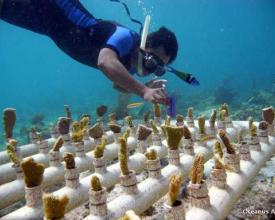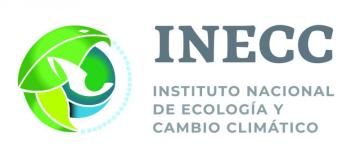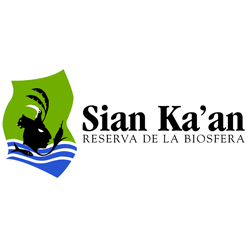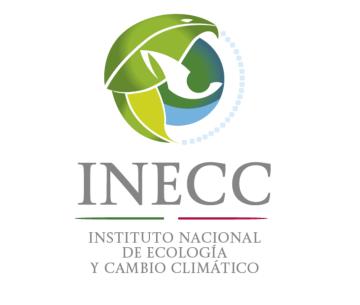
Restauration des récifs coralliens par accrétion minérale dans les pépinières coralliennes
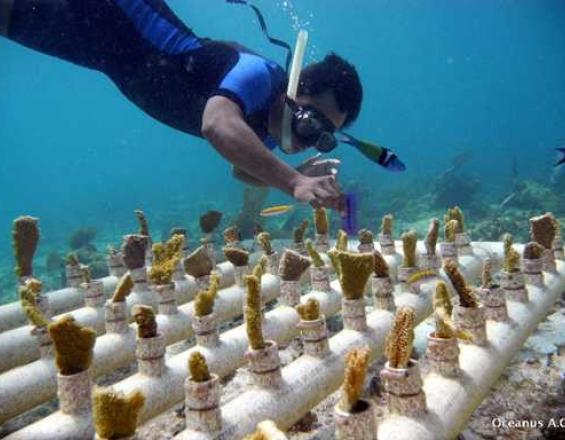
Le déclin de la couverture et de la diversité des coraux dans les Caraïbes menace à la fois les écosystèmes marins et les moyens de subsistance des populations. Des spécialistes mexicains collaborent à la restauration du récif corallien en utilisant la technologie de l'accrétion minérale (utilisation d'un courant électrique à basse tension pour améliorer la santé et les taux de croissance des coraux et autres organismes marins), ainsi que des structures artificielles pour fournir une surface à laquelle les coraux peuvent adhérer et se développer. Cette technique s'est avérée efficace pour la restauration du corail dans la région. Cette technique s'est avérée efficace pour la restauration des coraux dans la région. 4500 fragments de coraux se développent actuellement dans une pépinière, avec un taux de survie de 90 %.
L'Institut national de l'écologie et du changement climatique (INECC) et la Commission nationale des zones naturelles protégées (CONANP) ont apporté un soutien supplémentaire au développement de la restauration des récifs coralliens dans une zone de 3 500 m2 au sein de la réserve de biosphère de Sian Ka'an.
La population locale et les coopératives de pêcheurs contribuent au projet en assurant la sécurité et le suivi à long terme de ces zones de restauration.
Contexte
Défis à relever
Emplacement
Impacts
Depuis 2012, les premières pépinières marines ont été installées avec le soutien de la Réserve et des coopératives de pêche locales, en essayant de localiser les meilleurs sites pour la croissance des coraux. Actuellement, la pépinière marine contribue à la récupération des récifs coralliens dans les Caraïbes mexicaines, améliorant ainsi la production d'espèces d'importance commerciale et les ressources halieutiques, ainsi que l'attraction touristique qui génère d'importantes retombées économiques.
Une fois que les nouvelles colonies auront atteint la maturité sexuelle et commencé à se reproduire, les effets de la restauration par reproduction sexuelle et asexuée devraient avoir un effet multiplicateur sur la reconstitution de l'ensemble du récif à l'échelle locale et régionale dans les Caraïbes.
L'ensemencement du corail par accrétion minérale s'est avéré être une méthode efficace pour obtenir
méthode efficace pour obtenir des colonies de corail
- des colonies coralliennes ayant une bonne tolérance aux augmentations de température supérieures à 2 degrés Celsius ;
- une augmentation importante de la biomasse ;
- un retour à la fonctionnalité du système et
- la restauration des services écosystémiques.
Les sites stratégiques de restauration du programme comprennent la crête récifale d'Akumal, Riviera Maya, Xcalak, Sian Ka'an, Tulum et Puerto Morelos au Quintana Roo ; Arrecife Alacranes au Yucatan et, enfin, les côtes de Veracruz. Pour la seule année 2017, 9 553 greffes de coraux ont été obtenues, principalement à partir d'espèces de coraux du genre Acropora palmata.
